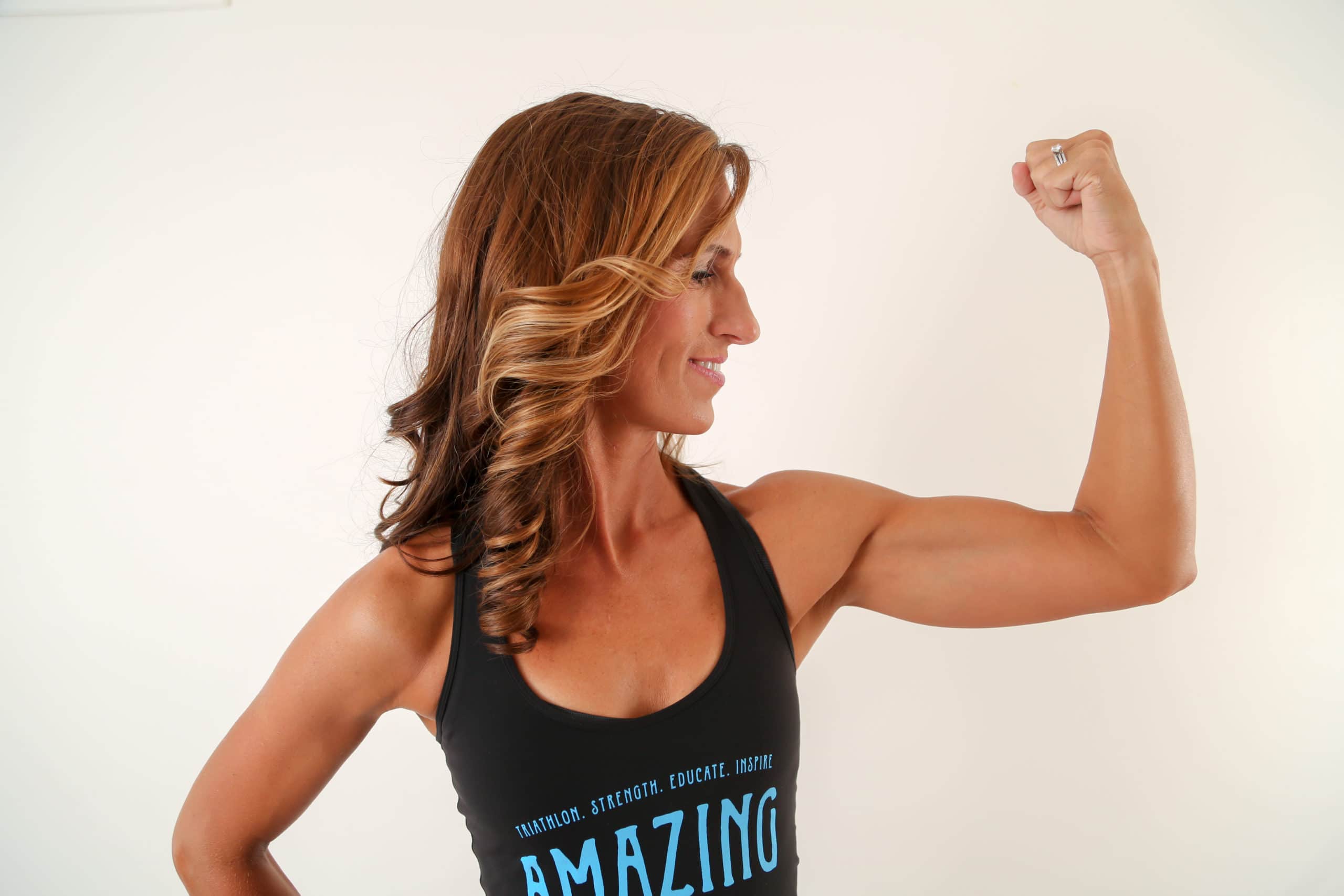Pumping Iron: To Improve Heart Function

Over the last two weeks, we chatted about the body and how to get ready for a triathlon, whether it is your first or your 50th. Then we chatted about the mind. Today, I wanted to chat about strength training BUT in a different view. When we think about strength training, we think of lifting heavy s$%t. Right?
Today, I wanted to share my FIRST Chapter of “Rulon Rules: Strength Training & the Triathlete,” called “Pumping Iron: To Improve Heart Function.”
As triathletes, we tend to think that cardiovascular fitness is the way to improve heart function, and is one of the many reasons to do so. Research has shown that strength training also improves heart function.
Some research has found that cardiac rehabilitation programs achieved some success, but, over the years, strength training has proven to be more of a success for all human beings.
In the article, “Strength Training for the Heart” by Cedric Bryant and James Peterson, the research stated how cardio exercise used to be the best way for cardiac rehabilitation programs to help their patients. Over time, rehabilitation programs started adding strength training. According to the article, strength training has been shown to raise HDL (good cholesterol), and to reduce the risk for a sudden heart attack. In addition it helps with decreasing musculoskeletal injuries by increasing the thickness and strength of bones, ligaments and tendons. In another research study that compared both strength training and endurance training versus just endurance training for congestive heart failure, it was found that having a combination of strength training and endurance training was superior than endurance training alone, as it improved “LV function, peak VO2 and strength parameters” for congestive heart failure patients (Delagardelle et al, 2002).
In another research study with Shaw (2006) the research talked about coronary artery disease (CAD) as a cause of death in South Africa and Western society, showing that obesity is one of the biggest factors for CAD. The research studied 28 men. There were two groups; one that did resistance training, and one that did not (control group). The study found “that resistance training significantly changed body mass, percentage of body fat, lean mass and fat mass” (Shaw, 2006). How does this help the heart? Resistance training improved major body composition, and helped decrease CAD risk.
As you can see, not only should triathletes commit to a strength training program to improve their heart function, everyone should be concentrating on strength training at least 2x a week for the heart, and to strengthen bones and connective tissues (i.e. tendons and ligaments). Remember that the heart is a muscle; you are taking care of it when you are swimming, cycling, and running, and now you are taking care of it when you strength train.
Interested in getting a copy of my “Rulon Rules: Strength Training & the Triathlete” book?! Click HERE or the book below!
